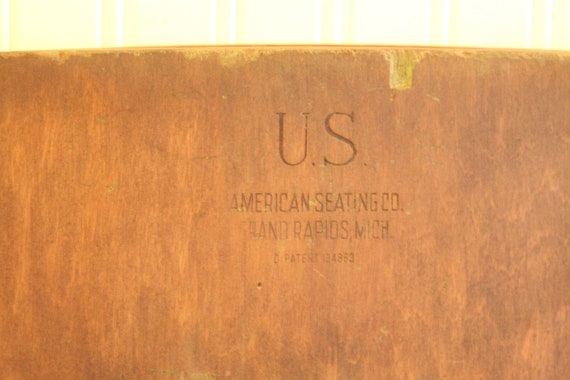 |
| Under Pressure: Putting The Child Back In Childhood, and In Praise Of Slow, by Carl Honoré |
Honoré talked about how childrens' lives have been hijacked by adult fears and agendas, as modern parenting has become a cross between competitive sport and product development. We've been primed by media and advertising to want perfection in everything. This has put both children and their parents under intense pressure that is leading to the opposite of our goal of bringing up healthy, happy children. He shared stories of young adults with helicopter parents who are unable to cope with minor challenges because their entire lives have been stage-managed, the extension of adolescence into late 20s, and grim statistics about ritalin use and abuse, suicide, self-harm, and burn-out.
He's not immune to the pressure to overparent, either. He described how, when he suggested an art tutor to his son after a teacher described him as a gifted artist, his son asked, "Why do adults always have to take over everything?" He also told the story of his daughter, stopping to watch a ladybug on a leaf and coming up with an elaborate backstory and context for the insect - while he looked at his watch and tried to hurry her along. Neuroscientists tell us that quiet moments of contemplation, these 'ladybug moments', are the times when our kids' developing brains are on fire, making connections and absorbing information.
The need to dial back on overscheduling and create more time for contemplation for a better academic and life experience has recently been recognized by Eton (with a project to start in November) and Harvard (with this 2004 letter to newly admitted undergrads). Burn-out is also a problem among young athletes, with many kids dropping out of sports altogether during their teens, and Honore talked about the need to give kids a chance to "fall in love with the game" instead of making sports about winning.
Honoré also observed that our newsmedia-fueled fears of our children getting hurt or kidnapped and the "cult of safety" that arose from that has led to a generation being "practically raised in captivity", never getting to explore nature on their own or play pick-up games with neighborhood kids. Some parents are trying to counteract that tendancy by creating 'Backyard Sports' leagues and neighborhood summer camps, organizing 'Dangerous Book For Boys' parties, and taking their kids to nature playgrounds and outdoor preschools.
Finally, he gave some practical advice and answered questions. He observed that raising children is a journey, not a project to be managed using business-school methods. Less is more: the less stimulation and pressure, the greater the benefits for our kids' development. Furthermore, "by giving our children the very best of everything, we are denying them the opportunity to learn to make the best of what they have," which may be one of the most valuable lessons we can teach.
Parents in the audience asked: how do we slow parent in an inner city apartment, or with teenagers, or with both parents working full-time? Every family is unique, so he advised finding what works best for your family. Look at your schedules and your kids' interests, then dial back on the extracurricular activities and give your kids more unstructured play time. Find like-minded families to get a support group or find playmates for unstructured play in safe, supervised spaces. Try art or nature projects as a transition to less scheduled activity during the period when your kids are learning how to amuse themselves without resorting to TV and video games.
Mr. Honoré will be back in Edmonton next April to promote his upcoming book, The Slow Fix. Meanwhile, both the above books are available as e-book editions from the various online vendors (is there something ironic about that?). You should also check out Carl Honore's website and TED talk on slowness, and this blog post from another local parent who attended the same seminar.






